Below we have compiled a 2024 up-to-date guide to the Galápagos Islands, a UNESCO World Heritage Site and one of the most biologically diverse places on earth. This archipelago of islands is located about 600 miles off the coast of Ecuador. It is perhaps most famous for being the place where Charles Darwin first formulated his revolutionary theory of evolution. A visit to the Galápagos Islands is a real once-in-a-lifetime experience and one of the highlights of any visit to South America. Learn about how to visit the Galápagos Islands below.
BUSES TO QUITO
If you are looking for information on the best buses to take in Ecuador, visit our passes page.
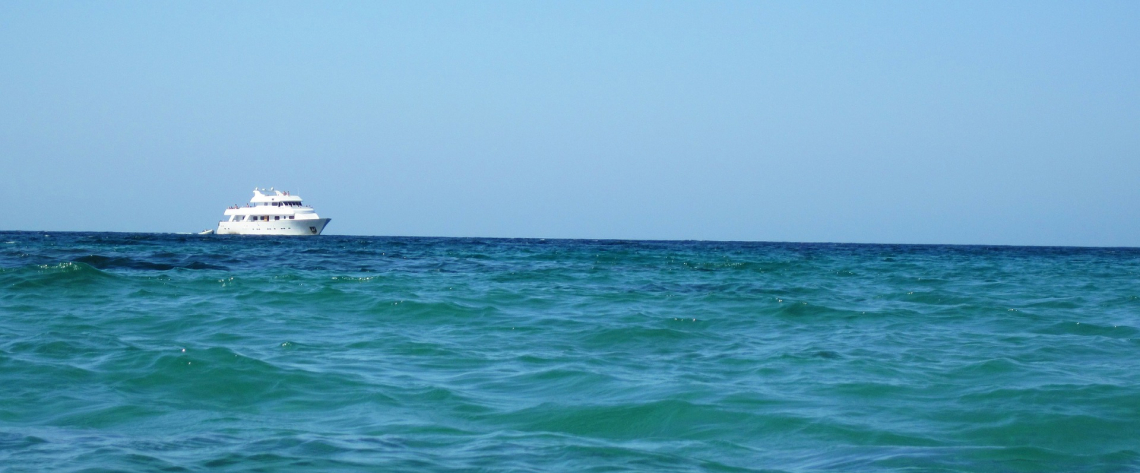
The only way to get to the Galápagos Islands is by flying from mainland Ecuador. There are multiple daily flights to the Galápagos Islands leaving from the cities of Quito and Guayaquil and usually run around $400-500 for round-trip tickets. Flights arrive at airports located on Isla Baltra or Isla San Cristóbal and are operated by three airlines: TAME, Avianca and LAN.
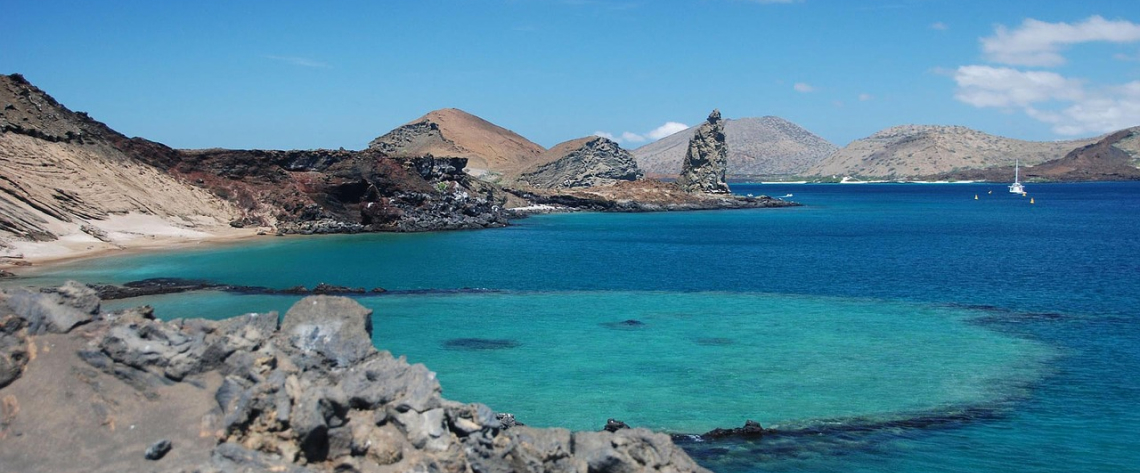
This is the main island of the Galápagos Archipelago and the place where the largest population of locals can be found. Santa Cruz is where you’ll find the best restaurants, shopping and other modern amenities as well as some great beaches and snorkeling spots.
Puerto Baquerizo, the largest town on the island of San Cristobal, is the capital of the Galápagos Islands and therefore home to the majority of the government buildings as well as a university. Outside of the city, there are many opportunities for spotting wildlife such as flamingos and sea lions along the coast.
Though Isabela is the largest of the Galápagos Islands by area, it’s not quite as developed as some of the other islands, with much of its infrastructure still being developed. This island has a number of gorgeous beaches and is well-known for its excellent snorkeling options.
This volcanic island lies just north of Santa Cruz and is easily accessible from there. The island itself requires special permission to enter and is mainly used for scientific research, however a trip around its perimeter to birdwatch or snorkel in the waters is a popular tour for visitors.
Like Daphne Island, tourists are not permitted to step foot on Pinzón Island but boat tours of the area are common. The waters surrounding the island offer some of the best snorkeling in the Galápagos, with opportunities to observe sea turtles, sharks and even manta rays.
Another uninhabited island, Santiago is known for its beautiful geological formations and picturesque beaches. There are many opportunities here for observing wildlife, with sea turtle and flamingo nesting sites located on the island as well as excellent snorkeling in the surrounding waters.
The small island of Floreana has an interesting and infamous history. It was settled by a group of eccentric German immigrants who considered it an earthly paradise until a number of mysterious disappearances shocked their small community. These events inspired a critically-acclaimed documentary called The Galapagos Affair: Satan Came to Eden. Floreana is also famous for its “post office,” a barrel located in the island’s main port where passing travelers take postcards to hand-deliver if they will be close to the address--a quirky tradition which survives to this day.
The small island of Bartolome is home to one of the most distinctive sites of the archipelago: Pinnacle Rock, where you can snorkel with penguins, sea lions and a variety of colorful fish. This is considered one of the must-see attractions of the Galápagos Islands.
Genovesa Island is one of the best places for birdwatching in the Galápagos Islands. Here you’ll be able to spot dozens of different types of birds including some rare or endangered varieties, if you’re lucky. The area around Genovesa is also excellent for snorkeling, with numerous shark species residing in the waters.
The island of Fernandina is most well-known for its large population of land iguanas, one of the Galápagos’ most famous animals. Make a stop here to observe them and to enjoy some time on the island’s many beautiful and scenic beaches.
This is one of the most remote islands in the chain and offers some of the best snorkeling, with a chance to see large schools of fish and even the occasional shark. On land, you’ll be able to spot a number of interesting bird species who have colonies on the island.
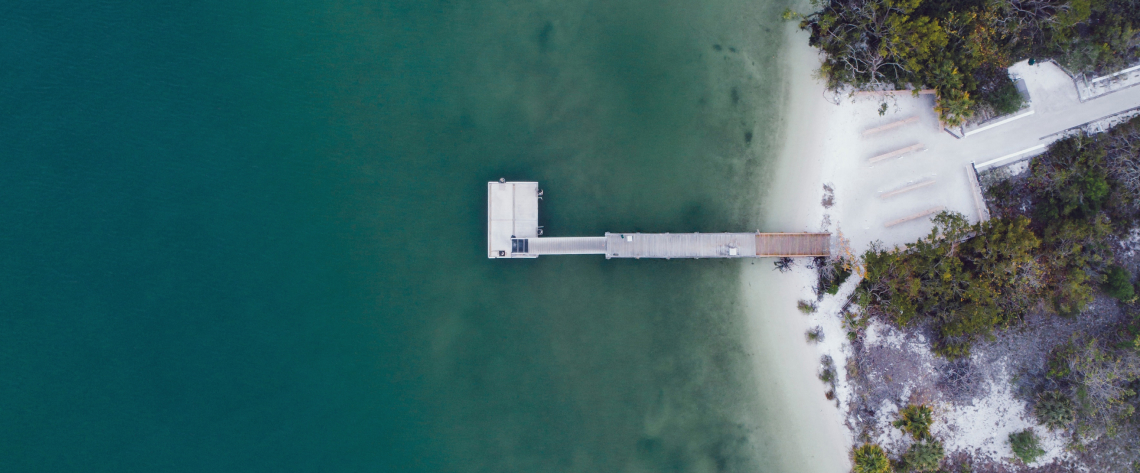
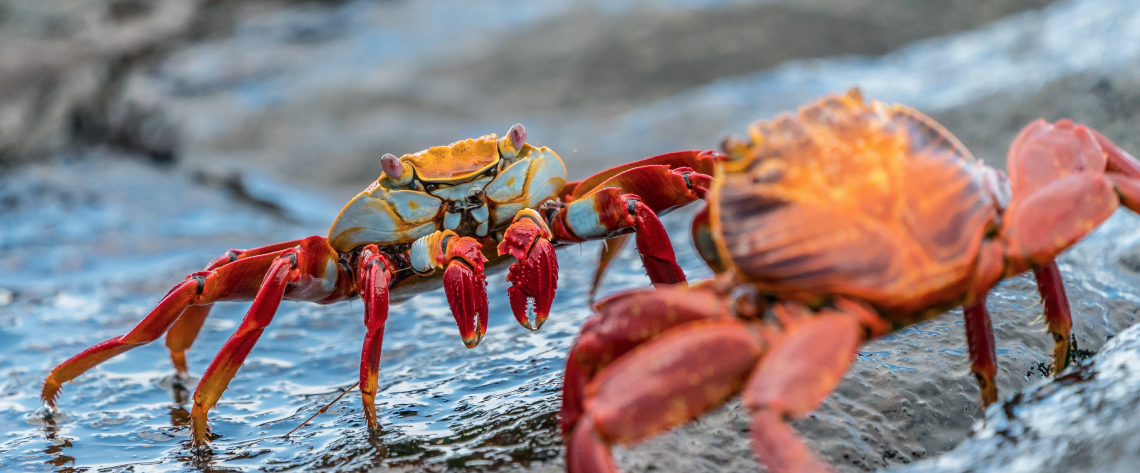
The following is a list of essential items to bring to the Galápagos Islands:
The introduction of any nonnative plant species poses a grave threat to the Galápagos Islands and preventing it is considered a top priority of local authorities. This means that it is strictly prohibited to bring any outside fruit or vegetables with you to the islands. You should also take care to wash your shoes, clothes or camping equipment if there is a possibility that anything might contain organic matter such as spores
Since residency on the Galápagos Islands is heavily restricted, it is a very safe place to visit and even petty theft is quite rare. With that said, it’s still always best to keep your belongings locked up just to be safe. While outside, make sure to protect yourself from the sun with sunscreen, a hat and sunglasses. Be careful around any wildlife that you encounter, and make sure to follow all standard safety advice when snorkeling or scuba diving.
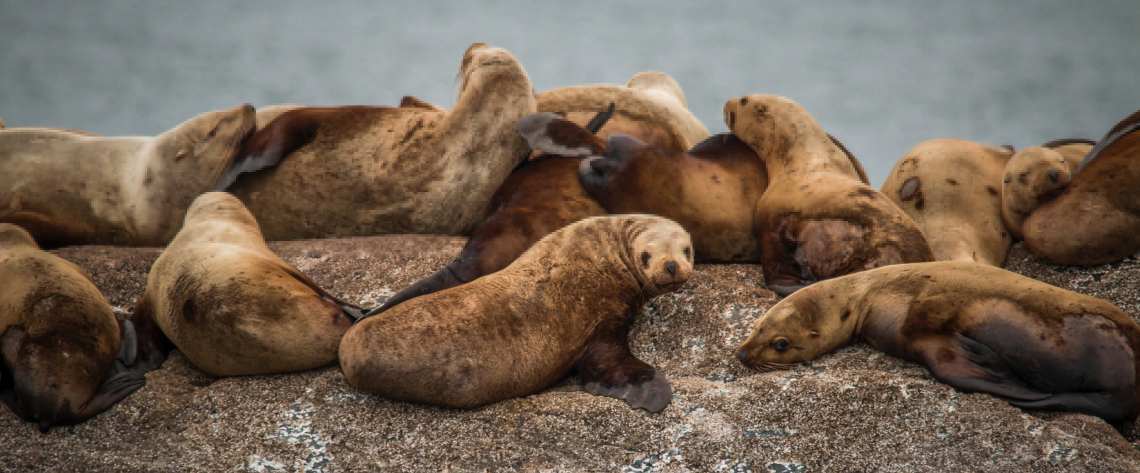
While this incredibly biodiverse archipelago has far too many species to list here, there are a number of especially unique or interesting species that visitors can be on the lookout for. Seeing these special animals is a highlight of any trip to the Galápagos Islands.
Galápagos Tortoises – These giant reptiles are so abundant in the Galápagos Archipelago that they gave the islands their name (Galápagos means tortoise in Spanish).
Galápagos Penguins – This rarest of all penguin species is common throughout the Galápagos, especially around the islands of Fernandina and Isabela at the western end of the archipelago.
Sea Lion – The Galápagos Sea Lion is a special species which exclusively breeds in the Galápagos Islands and can often be seen lounging on beaches or swimming near the shore.
Marine Iguana – These massive lizards, which can reach weights of up to 12 kilograms, are found nowhere else on Earth and have no natural predators on the islands (invasive species introduced by humans are their greatest threat).
Sally Lightfoot Crab – The origin of this crustacean’s name is obscure–some believe they were named for a popular Caribbean dancing star–but their quick speed and jumping ability certainly earns them the “lightfoot” moniker.
Blue-footed Boobies – One of the most distinctive birds of the islands, blue-footed boobies can be seen rearing their young on beaches throughout the Galápagos.
The above are just a small sampling of the many amazing creatures that can be seen on the Galápagos Islands!
Error: Contact form not found.
Error: Contact form not found.